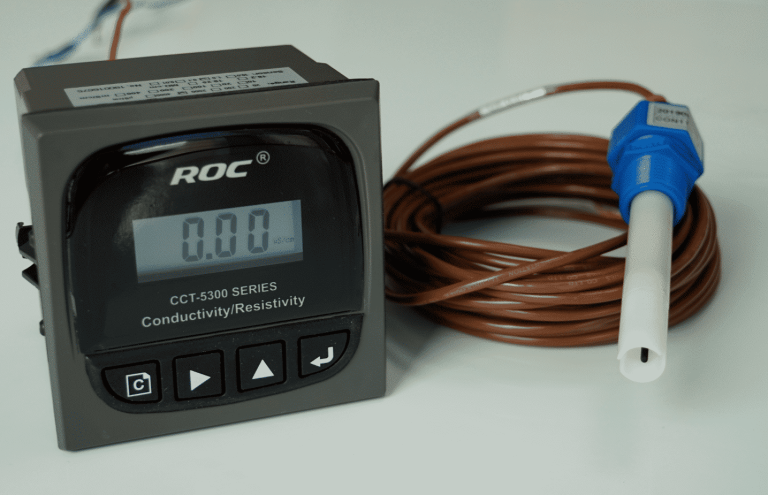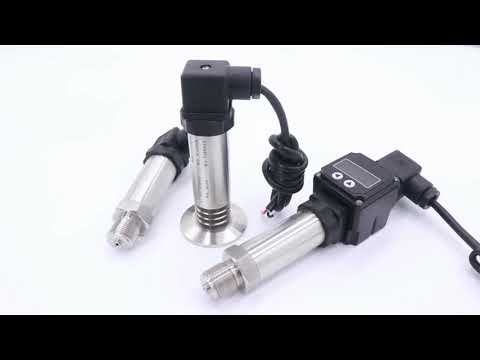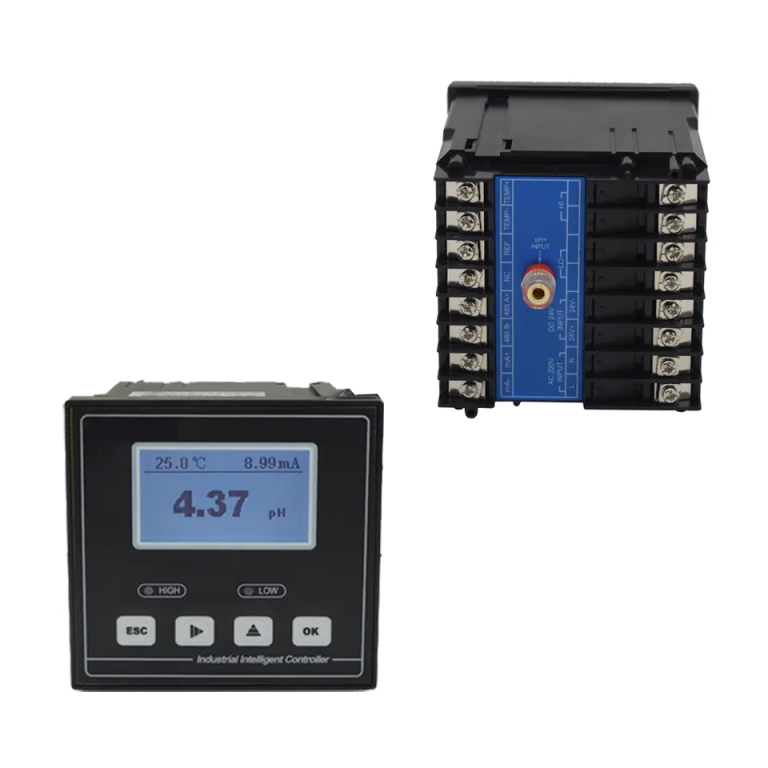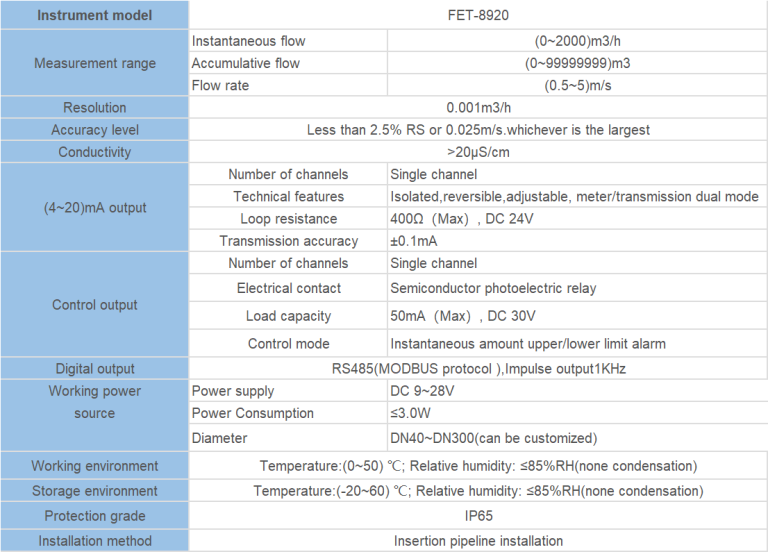Table of Contents
Benefits of Using Laboratory Conductivity Probes for Water Quality Testing
Water quality testing is a crucial aspect of ensuring the safety and purity of our drinking water. One of the key parameters that is often measured in water quality testing is conductivity. Conductivity is a measure of how well a solution can conduct electricity, and it is directly related to the concentration of ions in the water. High levels of conductivity can indicate the presence of contaminants such as salts, metals, or other dissolved solids.
In order to accurately measure conductivity in water samples, laboratory conductivity probes are commonly used. These probes are sophisticated instruments that are designed to provide precise and reliable measurements of conductivity in a wide range of water samples. There are several benefits to using laboratory conductivity probes for water quality testing.
One of the main benefits of using laboratory conductivity probes is their accuracy. These probes are calibrated to provide highly accurate measurements of conductivity, allowing for precise monitoring of water quality. This accuracy is essential for ensuring that water treatment processes are effective and that drinking water meets regulatory standards.
In addition to accuracy, laboratory conductivity probes are also highly sensitive. This means that they are able to detect even small changes in conductivity, making them ideal for detecting subtle variations in water quality. By using these probes, water quality professionals can quickly identify changes in conductivity that may indicate the presence of contaminants or other issues.
Another benefit of using laboratory conductivity probes is their versatility. These probes are capable of measuring conductivity over a wide range of values, from very low to very high. This versatility allows for the testing of a variety of water samples, including both fresh and saltwater, as well as samples with varying levels of conductivity.
Furthermore, laboratory conductivity probes are easy to use and require minimal maintenance. These probes are designed to be user-friendly, with simple controls and clear displays that make it easy to take accurate measurements. Additionally, many probes are equipped with automatic temperature compensation, which helps to ensure that measurements are accurate regardless of changes in temperature.
Overall, the use of laboratory conductivity probes offers numerous benefits for water quality testing. From their accuracy and sensitivity to their versatility and ease of use, these probes are essential tools for monitoring and maintaining water quality. By investing in high-quality laboratory conductivity probes, water quality professionals can ensure that our drinking water remains safe and clean for years to come.
How to Properly Calibrate and Maintain Laboratory Conductivity Probes
Laboratory conductivity probes are essential tools used in various scientific and industrial applications to measure the conductivity of a solution. Proper calibration and maintenance of these probes are crucial to ensure accurate and reliable measurements. In this article, we will discuss the importance of calibrating and maintaining laboratory conductivity probes and provide a step-by-step guide on how to do so effectively.
Calibration is the process of adjusting the probe to ensure that it provides accurate readings. It is essential to calibrate the probe regularly to account for any drift or changes in the probe’s performance over time. Without proper calibration, the readings obtained from the probe may be inaccurate, leading to erroneous conclusions and decisions based on faulty data.
To calibrate a laboratory conductivity probe, you will need a calibration solution with a known conductivity value. It is recommended to use at least two calibration solutions with different conductivity values to ensure accurate calibration. Start by rinsing the probe with deionized water to remove any residue or contaminants that may affect the calibration process.
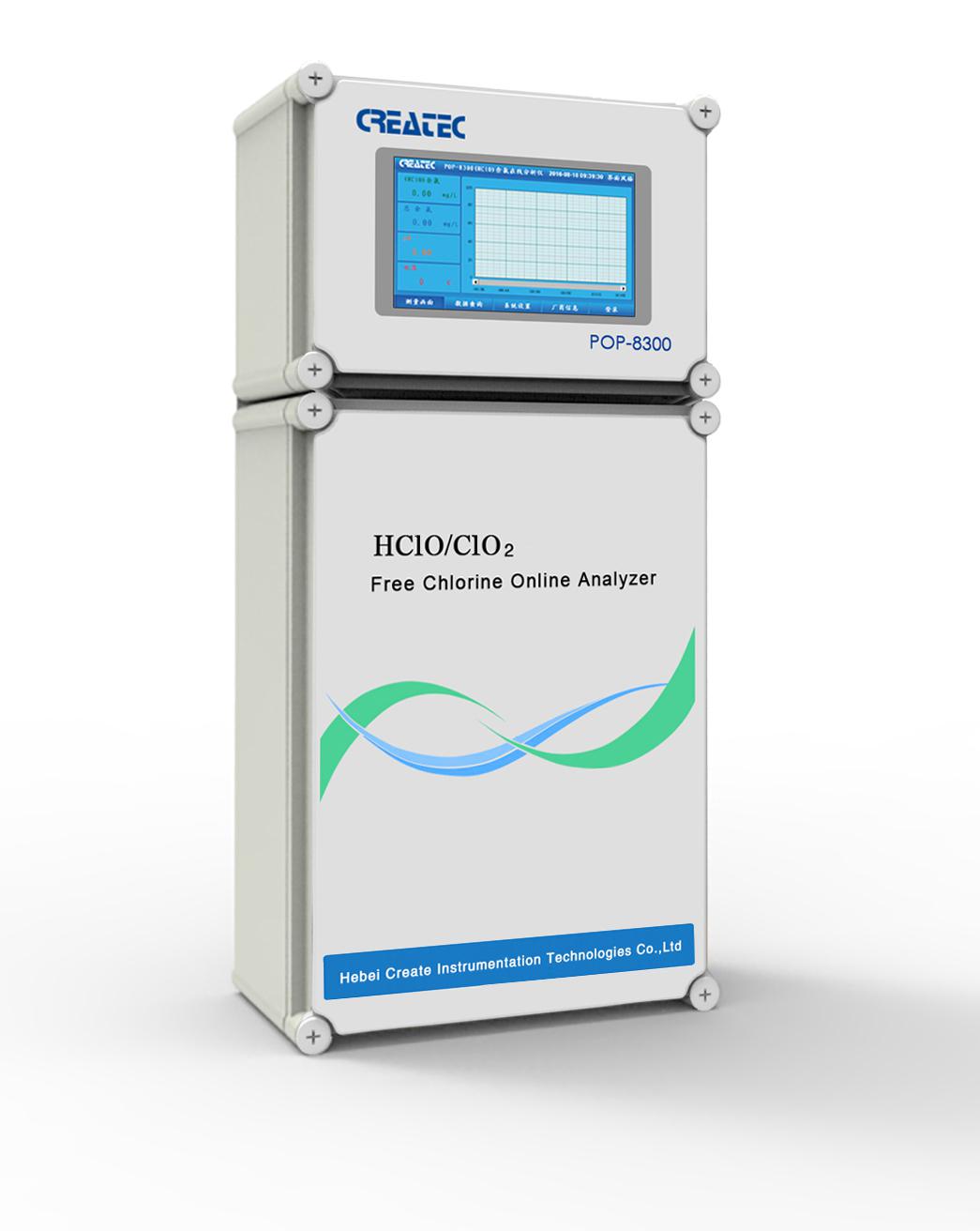
Next, immerse the probe in the first calibration solution and allow it to stabilize for a few minutes. Adjust the calibration settings on the probe according to the manufacturer’s instructions until the displayed conductivity value matches the known value of the calibration solution. Repeat this process with the second calibration solution to ensure the accuracy of the calibration.
| Model | NTU-1800 Online Turbidity Tester |
| Range | 0-10/100/4000NTU or as required |
| Display | LCD |
| Unit | NTU |
| DPI | 0.01 |
| Accuracy | \\u00b15% FS |
| Repeatability | \\u00b11% |
| Power | \\u22643W |
| Power Supply | AC 85V-265V\\u00b110% 50/60Hz or |
| DC 9~36V/0.5A | |
| Working Environment | Ambient temperature:0\\uff5e50\\u2103; |
| Relative humidity\\u226485% | |
| Dimensions | 160*80*135mm(Hanging) or 96*96mm(Embeded) |
| Communication | 4~20mA and RS-485 communication (Modbus RTU) |
| Switched output | Three-way relay,capacity 250VAC/5A |
After calibrating the probe, it is essential to maintain it properly to ensure its longevity and accuracy. Regular maintenance includes cleaning the probe after each use to remove any buildup of contaminants or residue that may affect its performance. Use a soft brush or cloth to gently clean the probe and rinse it with deionized water to remove any remaining residue.
In addition to cleaning, it is also important to store the probe properly when not in use. Store the probe in a clean, dry place away from direct sunlight and extreme temperatures to prevent damage to the probe’s sensitive components. Avoid storing the probe in a solution or allowing it to dry out, as this can affect its performance.
Regularly inspect the probe for any signs of damage or wear, such as cracks or corrosion, and replace any damaged parts as needed. It is also recommended to perform a routine performance check on the probe to ensure that it is still providing accurate readings. This can be done by comparing the probe’s readings to a known standard or reference solution.
By following these steps for calibrating and maintaining laboratory conductivity probes, you can ensure that your measurements are accurate and reliable. Proper calibration and maintenance are essential for obtaining meaningful data and making informed decisions based on that data. Remember to follow the manufacturer’s instructions and guidelines for your specific probe to ensure optimal performance and longevity.

